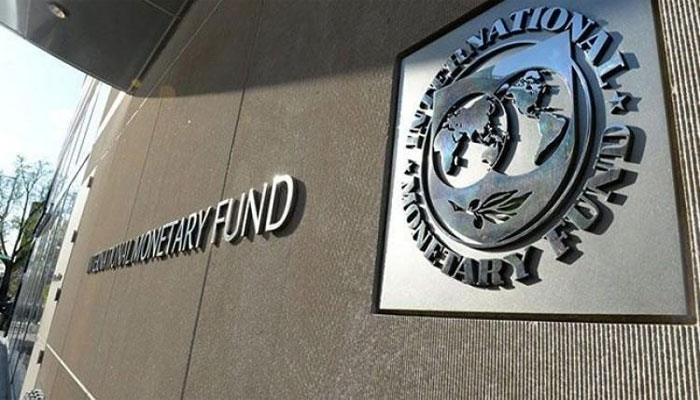
WASHINGTON (May 24): Even though consumers in the US and China are both losers from the trade tensions, but price data from the U.S. Bureau of Labor Statistics show that China tariff cost has been borne almost entirely by US importers, according to International Monetary Fund (IMF).
Some of these tariffs have been passed on to US consumers, while most of the costs have been absorbed by the US’s importing firms through lower profit margins, according to the IMF’s blog post released on Thursday (May 23).
Research by Eugenio Cerutti, Gita Gopinath, and Adil Mohommad, according to the data, there was almost no change in the (ex-tariff) border prices of imports from China and a sharp jump in the post-tariff import prices matching the magnitude of the tariff.
While the effects on producers are more mixed, but the producers that use those goods as intermediate inputs are unequivocally potential losers.
Aggregated bilateral US data suggest that trade diversion has occurred, as the decline in imports from China appears to have been offset by an increase in imports from other countries.
For example, after the $16 billion lists were implemented in August, a sharp decline of nearly $850 million in imports from China was almost offset by about $850 million increase from Mexico, leaving overall US imports broadly unchanged.

The other channel by which producers could be affected is through market segmentation in the price of traded goods. This was most clearly observed in the case of soybeans as the US was China’s dominant soybean supplier, along with Brazil, in 2017.
With the tariffs, the price of US soybeans fell while that Brazilian soybeans increased, as US exports to China dropped to near zero and Brazilian exports to China trended higher in 2018.
Though prices have since re-converged and soybean exports to China have resumed to some extent, US soybean farmers suffered, while those in Brazil benefited from trade diversion and market segmentation.
According to Bloomberg, It’s rare for the IMF to disagree with its largest shareholder, and the blog post was released just as the rhetoric in Trump’s trade war with China reaches a boiling point.
There is another separate report released on Thursday also share the same point of view as IMF, the US’s 15 percentage-point increase in tariffs will result in an annual cost of US$831 per American household, according to the researchers at the Federal Reserve Bank of New York.
The US has also released a list of about US$300 billion in Chinese goods that could face additional tariffs, including clothing, toys, and mobile phones. Those levies, if imposed, would cover essentially all Chinese imports and hit a broader swath of American households.





































